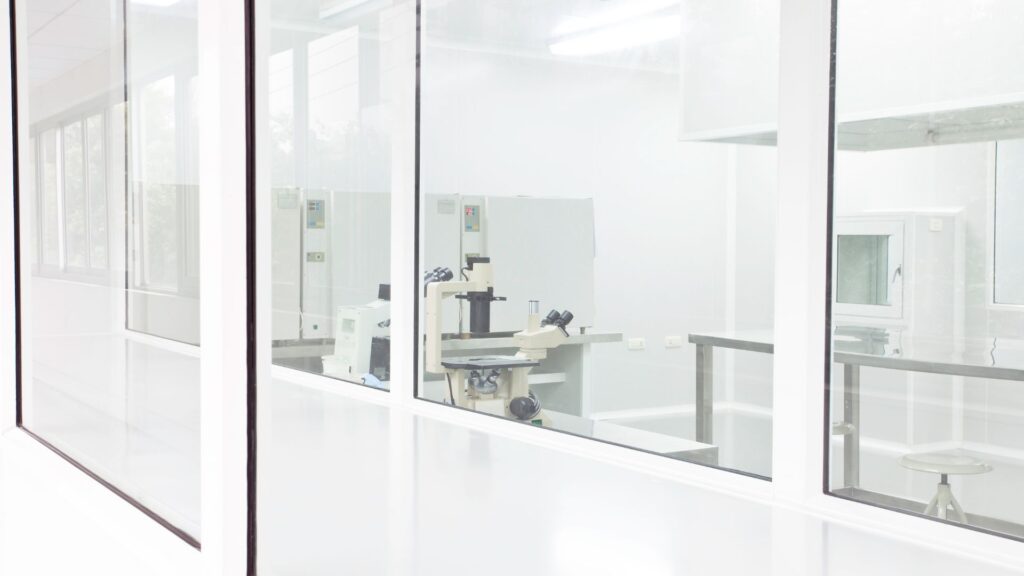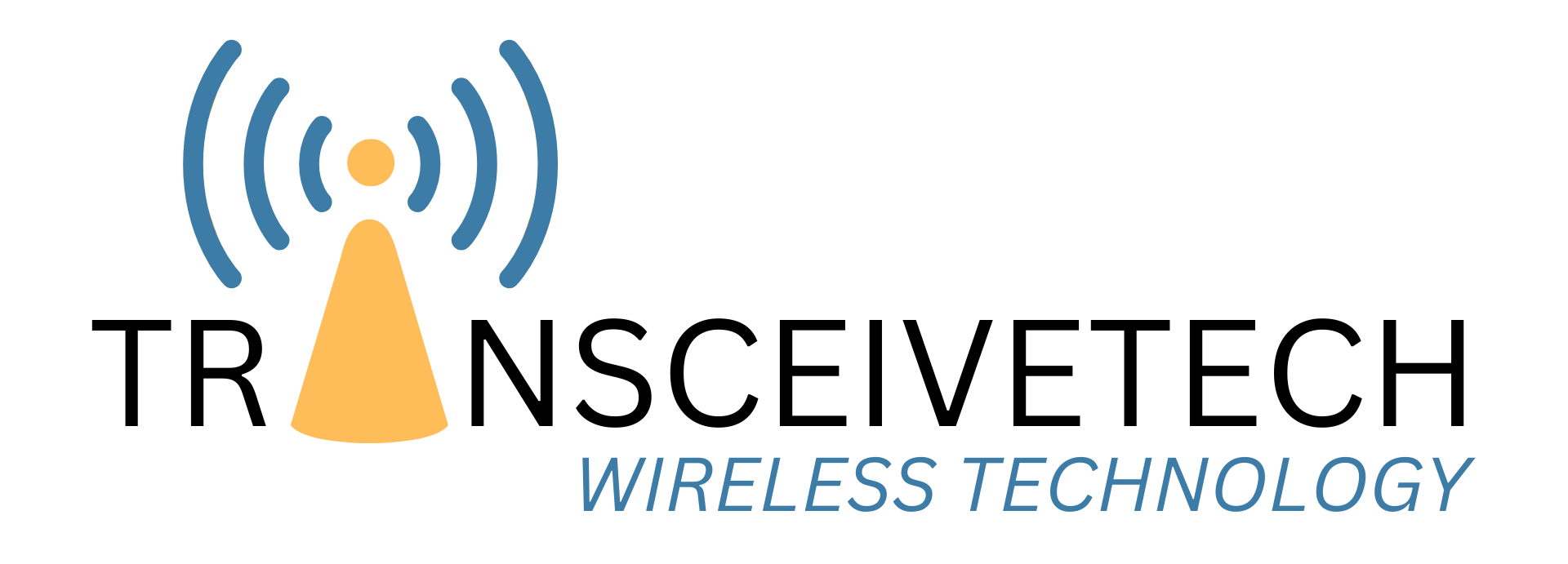Harnessing Wireless Systems for Enhanced Efficiency in Clean Rooms
In recent years, the integration of wireless systems for clean room operations has offered unprecedented levels of efficiency and control.
By harnessing the power of wireless technology, organizations can elevate the performance and resilience of their clean room environments, thereby laying the foundation for continued excellence and advancement in manufacturing and scientific research.

What Are Clean Rooms?
A clean room is a controlled environment designed to maintain extremely low levels of particulates, such as dust, airborne microbes, aerosol particles, and chemical vapors. These environments are crucial in industries where even minute levels of contamination can compromise product quality or research outcomes
They are pivotal in various industries such as semiconductor fabrication, pharmaceuticals, biotechnology, and nanotechnology. The maintenance of ultra-clean conditions within these facilities is imperative to ensure the quality and integrity of products and experiments.
Wireless Systems for Clean Rooms
Enhancing Monitoring and Control
Traditionally, clean rooms relied on wired systems for monitoring and control, which posed numerous challenges. Wired systems necessitated extensive cabling, which not only increased the risk of contamination but also complicated maintenance and reconfiguration efforts.
Now, by leveraging wireless sensors and actuators, clean room operators can gather comprehensive data and swiftly respond to deviations, thereby upholding stringent cleanliness standards. These systems enable real-time monitoring of crucial parameters such as temperature, humidity, particle levels, and pressure differentials without the constraints of physical wiring.
Optimizing Workflow and Flexibility
Wireless systems empower clean room personnel with unparalleled flexibility and mobility. Unlike their tethered counterparts, wireless devices can be easily repositioned or added to accommodate evolving operational needs. This inherent flexibility streamlines workflows, minimizes downtime, and fosters adaptability in dynamic manufacturing environments.
Remote Monitoring
Moreover, wireless systems facilitate remote monitoring and management, allowing stakeholders to oversee clean room operations from virtually anywhere. This remote accessibility enhances situational awareness and expedites decision-making processes, thereby optimizing overall efficiency and productivity.
Mitigating Contamination Risks
In clean room environments, the slightest contamination can have catastrophic consequences, jeopardizing product integrity and research outcomes. Wireless systems play a pivotal role in mitigating contamination risks by eliminating the need for cumbersome cables and connectors. By reducing physical infrastructure, wireless solutions minimize potential sources of particulate generation, thereby safeguarding the purity of clean room environments.

More Robust Systems
Furthermore, wireless devices are inherently less prone to mechanical failures and corrosion, ensuring reliable performance in demanding operational conditions. This robustness enhances system reliability and minimizes the risk of unplanned downtime, thereby bolstering overall operational resilience.
Facilitating Seamless Integration
Wireless sensors and actuators can be effortlessly retrofitted into clean room facilities without the need for extensive rewiring or structural modifications. This scalability enables organizations to incrementally deploy wireless solutions based on specific operational requirements and budgetary constraints.
Get the Right Team
Team Vivo has over 10 years of experience in the design, supply and installation of wireless systems for industries that operate in harsh and hazardous environments. We are well-versed in industry regulations and have a streamlined project process. Contact us today to discuss your requirements!
